International Operations
PERU LNG Through the Years
PERU LNG operates a liquefied natural gas (LNG) plant in Pampa Melchorita, on the Pacific Coast south of Lima, Peru. The LNG plant transforms natural gas into a liquid form to facilitate its transportation. The overall project consists of a 408 kilometer pipeline, the liquefaction facility with an installed capacity of 4.45 million tons per year, a marine terminal, and a road tanker loading terminal. PERU LNG’s plant was the first LNG facility in South America and represents the largest private investment in hydrocarbons in Peru.
Using natural gas sourced from Block 56, which is operated by the Camisea Consortium, and Block 57, PERU LNG produces LNG both for export around the world by its offtaker, Shell, and distribution throughout Peru through the road tanker loading terminal.
PERU LNG conducts its operations using the highest industry standards, achieving its vision as a world-class organization that is technically and operationally efficient, with a focus on environmental and social responsibility.
PERU LNG is operated by Hunt LNG Operating Company S.A.C., a wholly-owned subsidiary of Hunt, and is owned by Hunt (50%), Shell (20%), SK Innovation (20%), and Marubeni Corporation (10%).
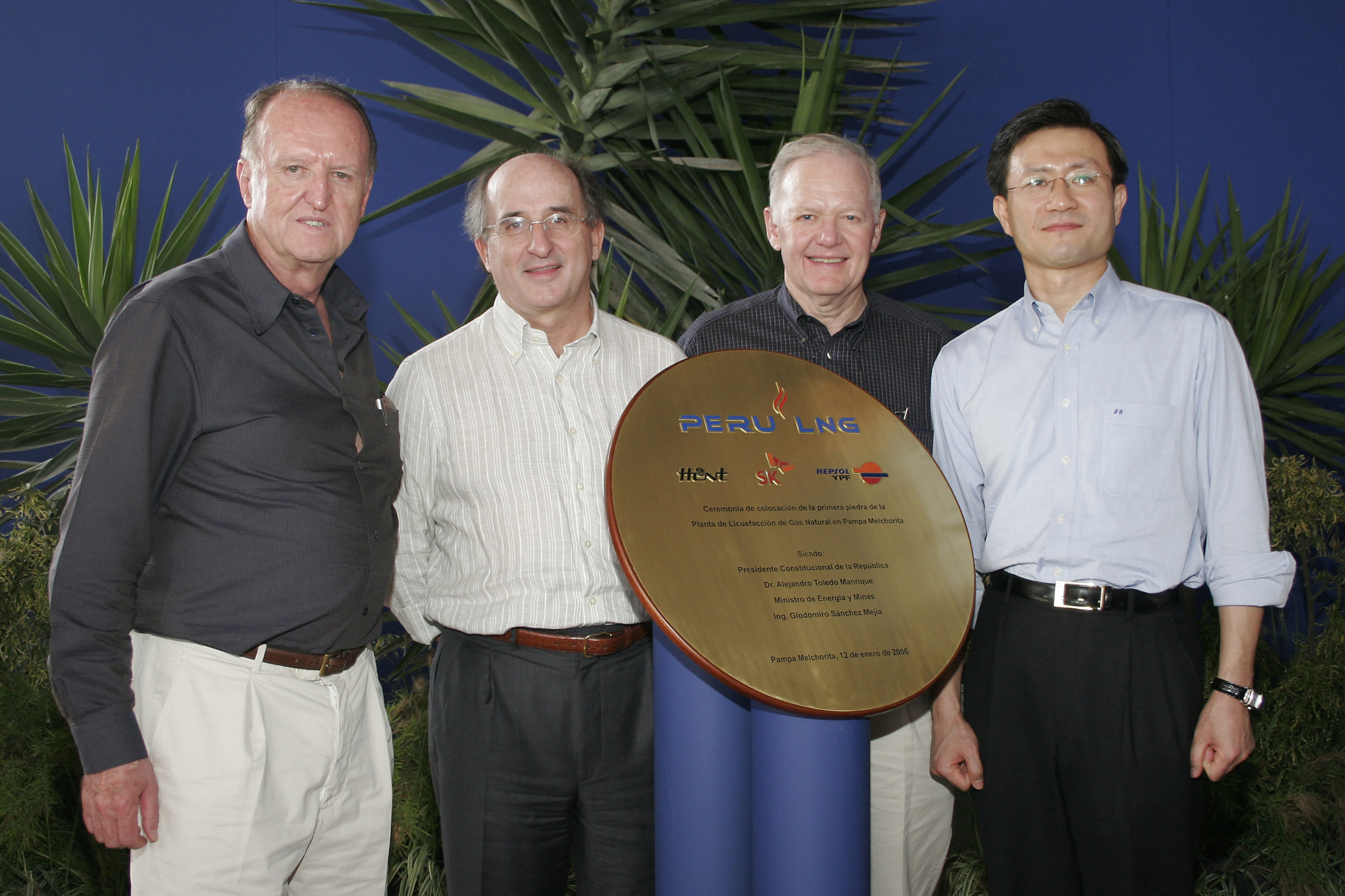
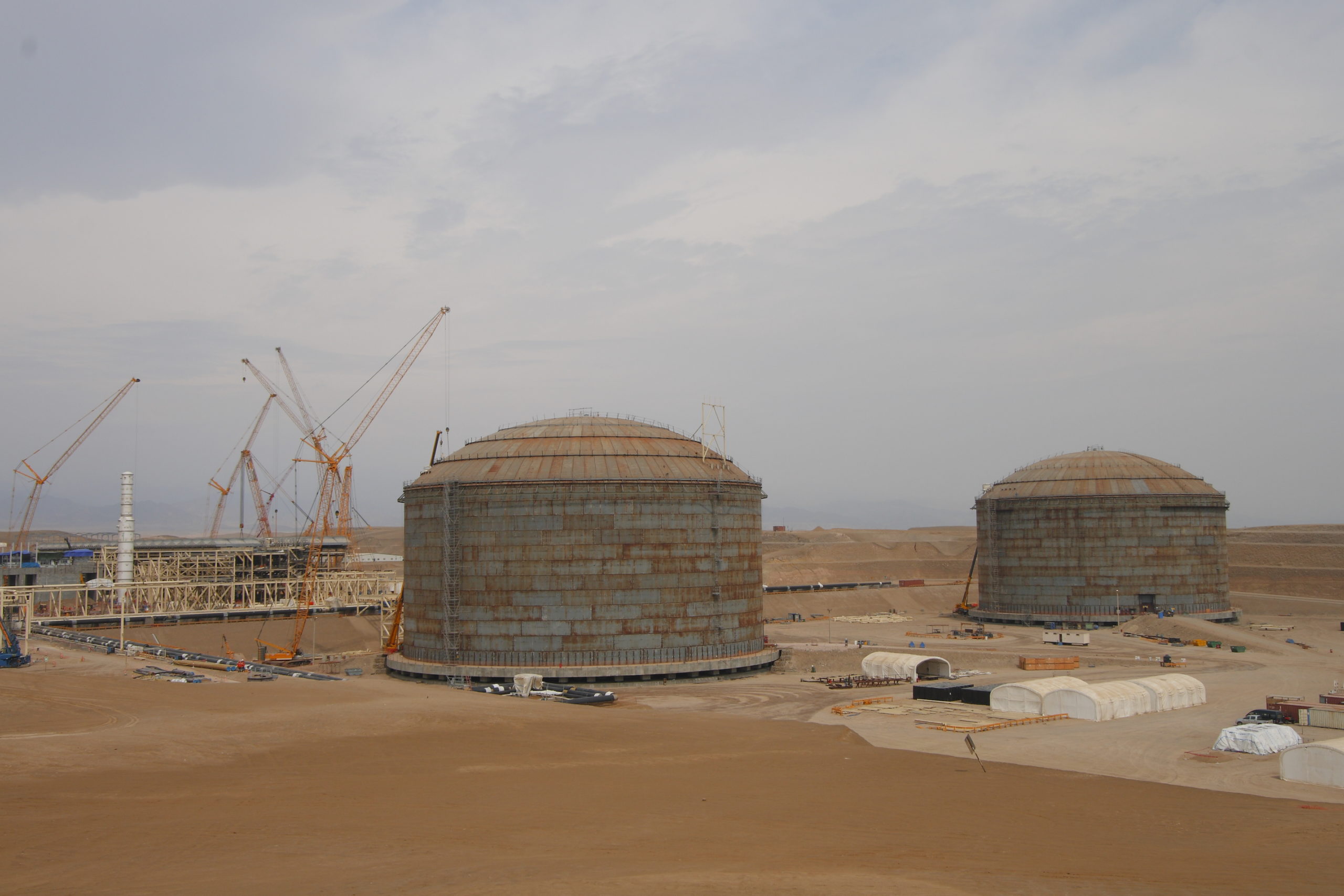
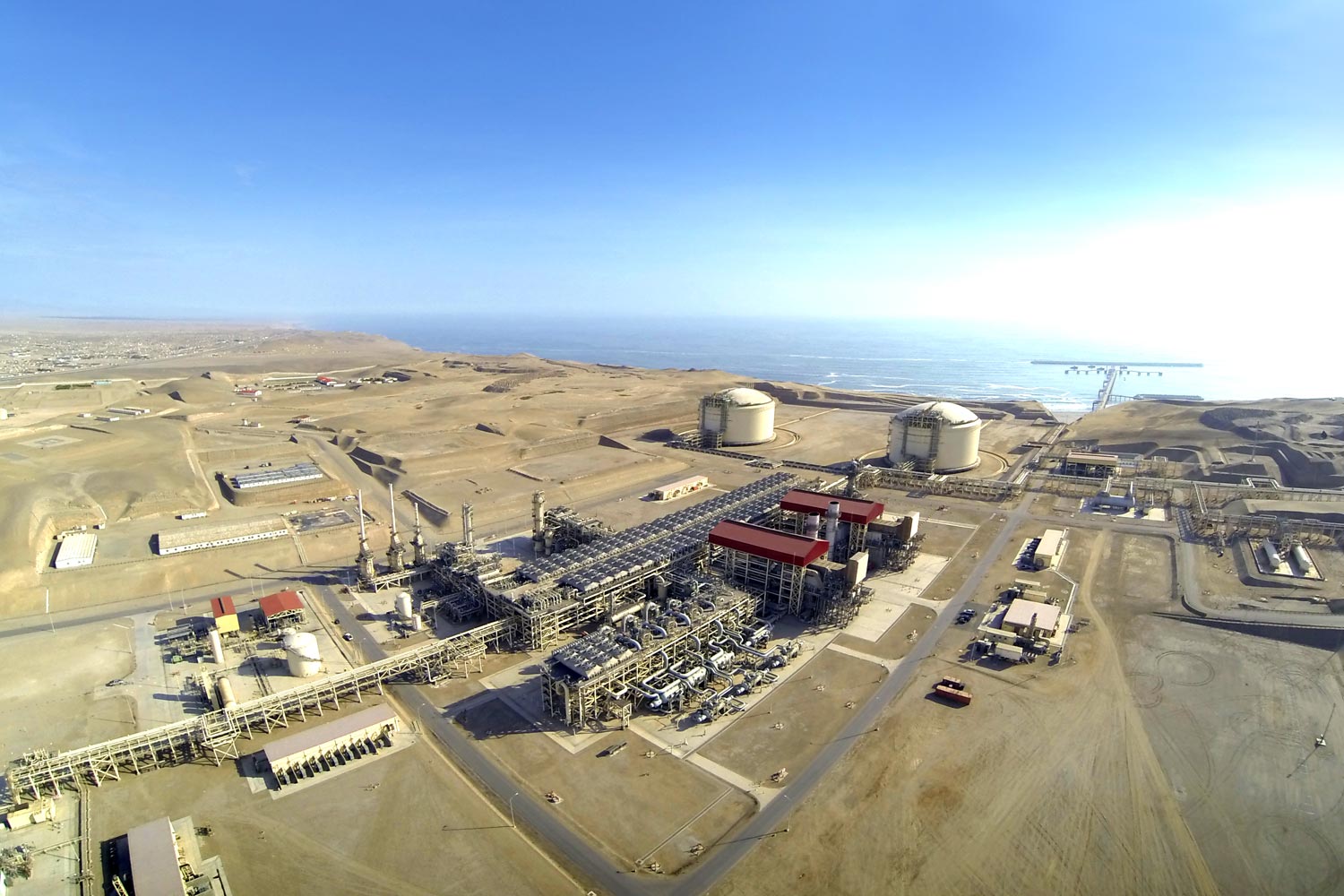
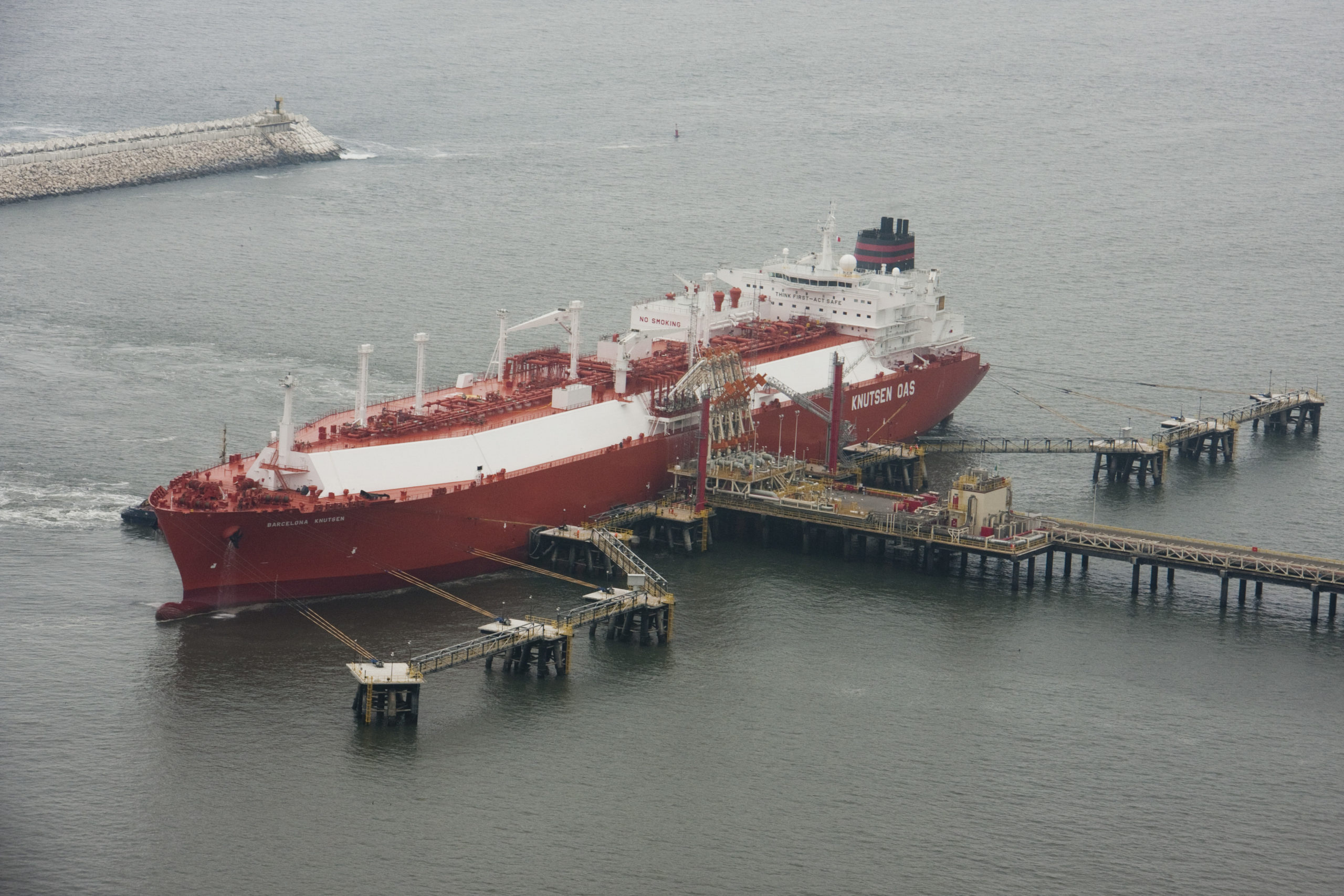
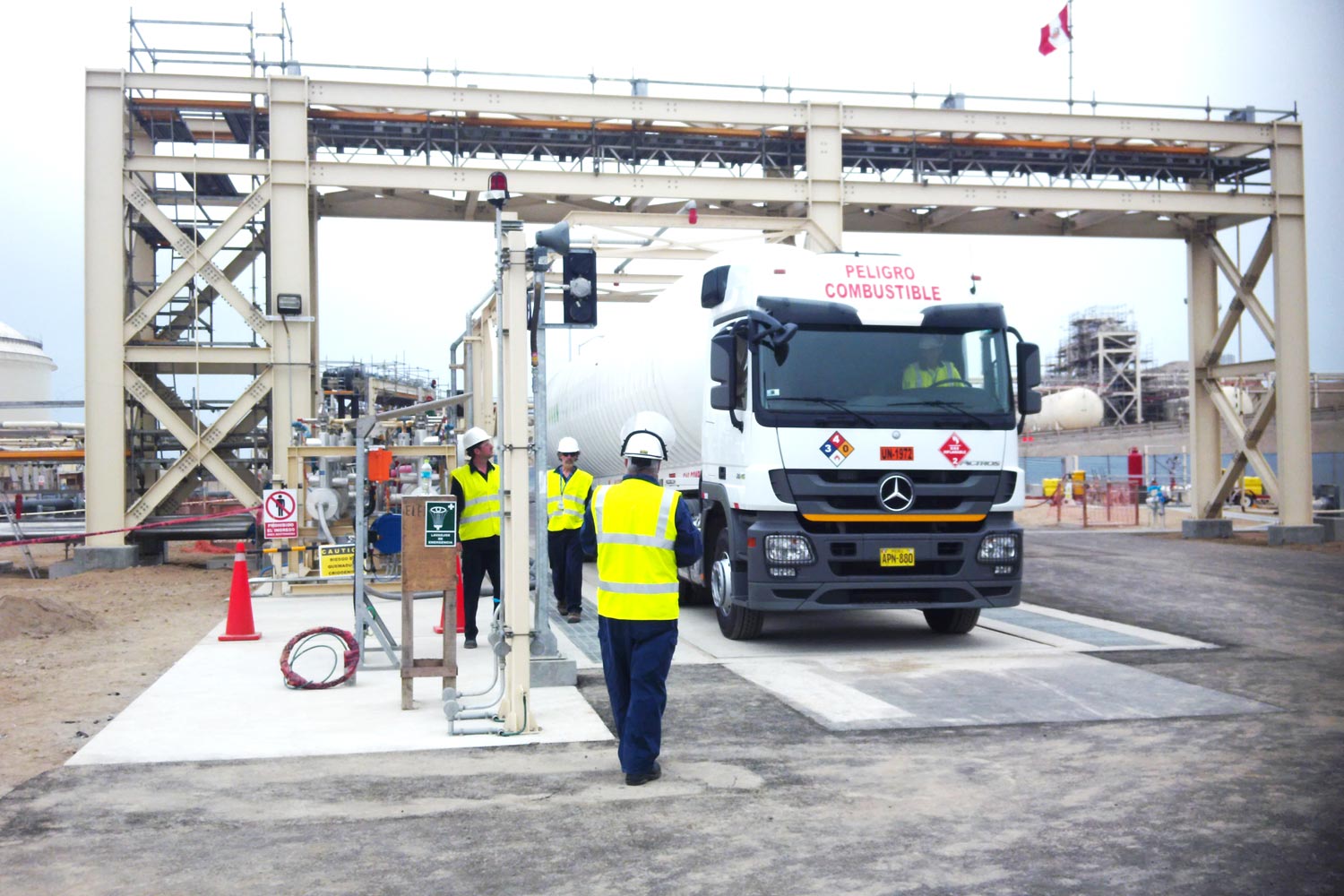
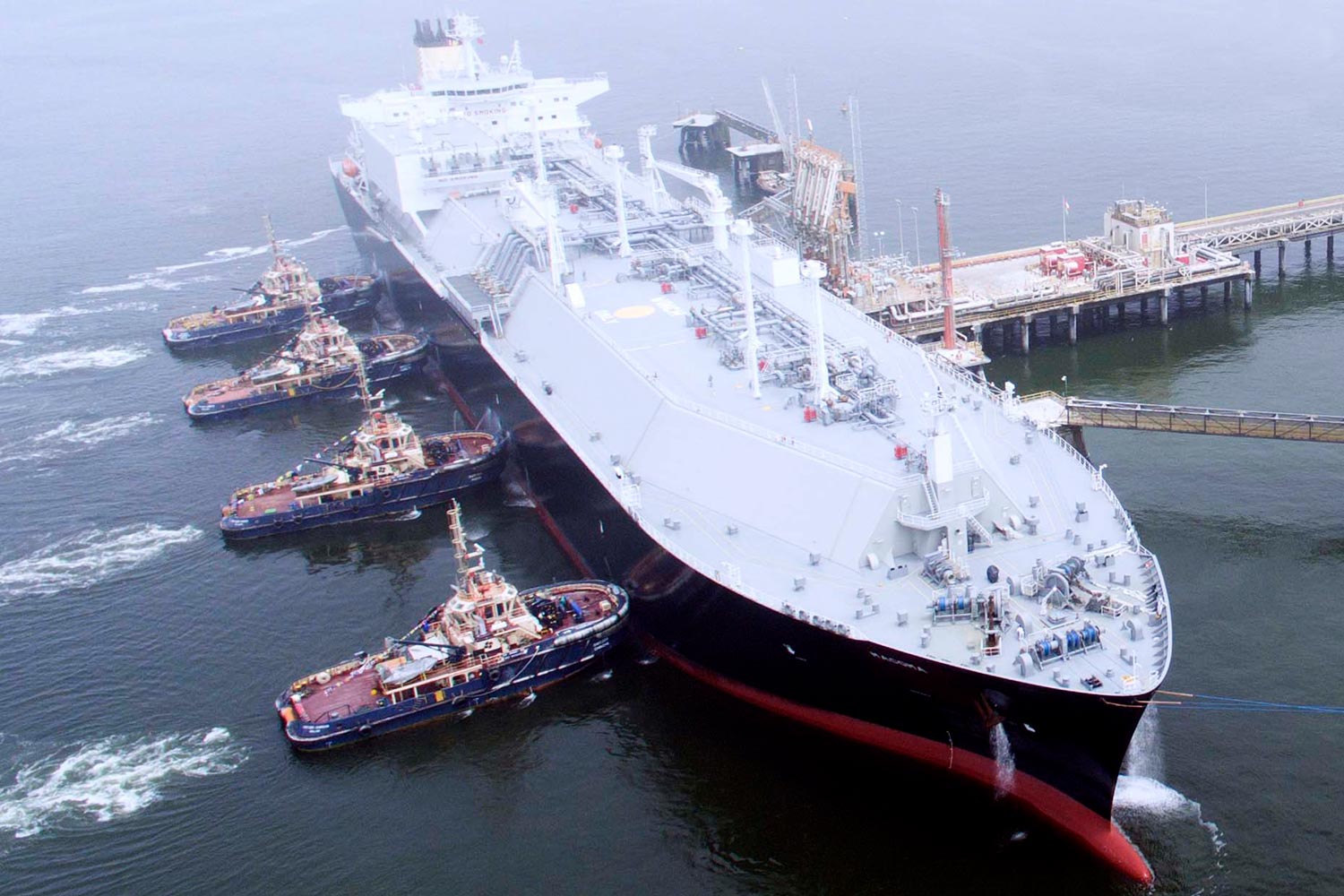
Camisea
Seventeen years ago, Peru made one of the most significant and positive decisions for the energy development of the country: the exploitation of the Camisea field, the largest natural gas reserve in the country and one of the most important in the continent.
The exploitation of natural gas, considered the cleanest and least polluted source and with lowest content of carbon of all fossil fuels, has had a positive impact on the change of Peru’s energy matrix and has had a direct impact on the economy of Peruvian families.
Hunt de Peru L.L.C., Branch of Peru (HOCP) is part of the Camisea Consortium and has a 25.2% stake, which makes it a key player in the development of the Natural Gas industry in Peru.
The Camisea gas has generated more than 30 million dollars in sales, has created 44,000 direct and indirect jobs in addition to the investment in Corporate Social Responsibility (CSR) and the development of programs that benefit the populations located in the areas of influence.
Ain Sifni PSC
On September 8, 2007, Hunt Oil Company of the Kurdistan Region now named Hunt Oil Middle East Limited (“HOME”) entered the Kurdish Region of Iraq under a Production Sharing Contract in the Ain Sifni PSC Block.
In 2013, HOME declared commerciality on the Simrit and Betnar structures with the completion of an exploration well, Simrit 2. HOME later drilled and completed Simrit 3 and Simrit 4 appraisal wells before drilling and completing its first development well, Simrit 5, followed by the second development well Simrit 6.
On September 18, 2016, the production facility (“PF-1”) was brought online. After a six-month commissioning period, HOME stabilized production. In November 2017, PF-1 capacity was increased with the installation of temporary rental equipment, while the engineering work for the fabrication and installation of a permanent 2nd process train (Train 2) was being developed that would increase the overall production capacity to 18k BPD. The train 2 process equipment expansion project also included two new 10k bbl oil storage tanks, additional oil loading racks and gas sweetening amine unit.
Plans to commence Train 2 construction, as well as drill and complete the third development well, Simrit 7, were derailed in early 2020 due to the worldwide pandemic but the Kurdistan operations team worked to develop a new plan that allowed the construction and installation of Train 2, and its associated equipment, to be finished and put online in October of 2020. This expansion allowed HOME to increase production from 8,000 BOPD up to 12,500 BOPD.
Hunt Oil Company Romania Exploration
Hunt Oil Company of Romania is an ISO-certified operator in Romania for both exploration and production activities.
Hunt is part of a joint venture on 2 licenses covering over 1.1 million acres in the country. Proof of concept 3D seismic surveys were acquired in 2015 & 2016 on each license during development of the Padina field discovery. Hunt completed facilities construction and brought the Padina field online in October 2016.
Additionally in 2018, Hunt drilled three exploration wells to continue to collect data on new plays in the area and fulfill license work commitments.
In 2019, the company executed one of the largest onshore 3D seismic acquisitions (~1500 sq km) in European history. This survey has greatly enhanced the imaging of deeper, under-explored structures in this region of Romania. Over the next several years, the company will actively explore prospects generated from this world-class 3D seismic data set.
Yemen LNG
As Yemen’s largest-ever industrial investment, the decision to launch the Yemen LNG project “YLNG” in August 2005 was an important milestone. YLNG’s location allows convenient access to worldwide, both in the Asia Pacific basin as well as to markets on either side of the Atlantic. YLNG began production and exported its first cargo in November 2009. In June 2010, the second of two trains was inaugurated. YLNG operations were shut down in 2015 due to the ongoing conflict in Yemen and remains in preservation mode.
International New Ventures
Hunt Oil is embarking on a new international business initiative targeting the acquisition of high quality producing upstream oil & gas assets with development & exploration upside focused on an Area of Interest which includes North & West Africa and the Middle East. The company will partner with outstanding industry and financial organizations to identify assets currently undervalued due to external, transitory, or sentiment driven factors.
Tunisia Exploration
In July 2019, HOC signed the Hezoua and El Waha Prospecting Permits with the Tunisian Government and the National Oil Company, ETAP.
The two permits have a combined area of 15,028 Sq. KM and HOC has the exclusive right to convert the Prospecting Permits to Exploration Permits.
The Chott basin is a highly prospective region with a variety of play-types including Paleozoic ‘pinch-outs’, subsalt Triassic clastics and Permian reefs, as well as numerous Jurassic structural traps.
Morocco Exploration
In November 2019, HOC signed the Mogador Offshore exploration license with ONHYM in Rabat, Morocco.
This 9-year exploration license is split into 3 phases with initial work programs consisting of seismic reprocessing and G&G technical studies. The license area provides various settings for Jurassic platform and slope fan plays, as well as high accommodation zones for Cretaceous reservoirs trapped by salt tectonic-related features. The license covers an area of 11,751 Sq. KM
- Peru LNG
-
PERU LNG Through the Years
PERU LNG operates a liquefied natural gas (LNG) plant in Pampa Melchorita, on the Pacific Coast south of Lima, Peru. The LNG plant transforms natural gas into a liquid form to facilitate its transportation. The overall project consists of a 408 kilometer pipeline, the liquefaction facility with an installed capacity of 4.45 million tons per year, a marine terminal, and a road tanker loading terminal. PERU LNG’s plant was the first LNG facility in South America and represents the largest private investment in hydrocarbons in Peru.
Using natural gas sourced from Block 56, which is operated by the Camisea Consortium, and Block 57, PERU LNG produces LNG both for export around the world by its offtaker, Shell, and distribution throughout Peru through the road tanker loading terminal.
PERU LNG conducts its operations using the highest industry standards, achieving its vision as a world-class organization that is technically and operationally efficient, with a focus on environmental and social responsibility.
PERU LNG is operated by Hunt LNG Operating Company S.A.C., a wholly-owned subsidiary of Hunt, and is owned by Hunt (50%), Shell (20%), SK Innovation (20%), and Marubeni Corporation (10%).






- Camisea
-
Camisea
Seventeen years ago, Peru made one of the most significant and positive decisions for the energy development of the country: the exploitation of the Camisea field, the largest natural gas reserve in the country and one of the most important in the continent.
The exploitation of natural gas, considered the cleanest and least polluted source and with lowest content of carbon of all fossil fuels, has had a positive impact on the change of Peru’s energy matrix and has had a direct impact on the economy of Peruvian families.
Hunt de Peru L.L.C., Branch of Peru (HOCP) is part of the Camisea Consortium and has a 25.2% stake, which makes it a key player in the development of the Natural Gas industry in Peru.
The Camisea gas has generated more than 30 million dollars in sales, has created 44,000 direct and indirect jobs in addition to the investment in Corporate Social Responsibility (CSR) and the development of programs that benefit the populations located in the areas of influence.
- Kurdistan
-
Ain Sifni PSC
On September 8, 2007, Hunt Oil Company of the Kurdistan Region now named Hunt Oil Middle East Limited (“HOME”) entered the Kurdish Region of Iraq under a Production Sharing Contract in the Ain Sifni PSC Block.
In 2013, HOME declared commerciality on the Simrit and Betnar structures with the completion of an exploration well, Simrit 2. HOME later drilled and completed Simrit 3 and Simrit 4 appraisal wells before drilling and completing its first development well, Simrit 5, followed by the second development well Simrit 6.
On September 18, 2016, the production facility (“PF-1”) was brought online. After a six-month commissioning period, HOME stabilized production. In November 2017, PF-1 capacity was increased with the installation of temporary rental equipment, while the engineering work for the fabrication and installation of a permanent 2nd process train (Train 2) was being developed that would increase the overall production capacity to 18k BPD. The train 2 process equipment expansion project also included two new 10k bbl oil storage tanks, additional oil loading racks and gas sweetening amine unit.
Plans to commence Train 2 construction, as well as drill and complete the third development well, Simrit 7, were derailed in early 2020 due to the worldwide pandemic but the Kurdistan operations team worked to develop a new plan that allowed the construction and installation of Train 2, and its associated equipment, to be finished and put online in October of 2020. This expansion allowed HOME to increase production from 8,000 BOPD up to 12,500 BOPD.
[dt_fancy_image image_id=”1865″ caption=”on”][dt_fancy_image image_id=”1958″ css=”.vc_custom_1632305067460{margin-top: 30px !important;}”] - Romania
-
[dt_fancy_image image_id=”1959″ caption=”on” css=”.vc_custom_1636654993705{margin-top: 10px !important;}”]
Hunt Oil Company Romania Exploration
Hunt Oil Company of Romania is an ISO-certified operator in Romania for both exploration and production activities.
Hunt is part of a joint venture on 2 licenses covering over 1.1 million acres in the country. Proof of concept 3D seismic surveys were acquired in 2015 & 2016 on each license during development of the Padina field discovery. Hunt completed facilities construction and brought the Padina field online in October 2016.
Additionally in 2018, Hunt drilled three exploration wells to continue to collect data on new plays in the area and fulfill license work commitments.
In 2019, the company executed one of the largest onshore 3D seismic acquisitions (~1500 sq km) in European history. This survey has greatly enhanced the imaging of deeper, under-explored structures in this region of Romania. Over the next several years, the company will actively explore prospects generated from this world-class 3D seismic data set.
- Yemen LNG
-
Yemen LNG
As Yemen’s largest-ever industrial investment, the decision to launch the Yemen LNG project “YLNG” in August 2005 was an important milestone. YLNG’s location allows convenient access to worldwide, both in the Asia Pacific basin as well as to markets on either side of the Atlantic. YLNG began production and exported its first cargo in November 2009. In June 2010, the second of two trains was inaugurated. YLNG operations were shut down in 2015 due to the ongoing conflict in Yemen and remains in preservation mode.
[dt_fancy_image image_id=”1386″ caption=”on” css=”.vc_custom_1636655125940{margin-top: 10px !important;}”] - International New Ventures
-
International New Ventures
Hunt Oil is embarking on a new international business initiative targeting the acquisition of high quality producing upstream oil & gas assets with development & exploration upside focused on an Area of Interest which includes North & West Africa and the Middle East. The company will partner with outstanding industry and financial organizations to identify assets currently undervalued due to external, transitory, or sentiment driven factors.
Tunisia Exploration
In July 2019, HOC signed the Hezoua and El Waha Prospecting Permits with the Tunisian Government and the National Oil Company, ETAP.
The two permits have a combined area of 15,028 Sq. KM and HOC has the exclusive right to convert the Prospecting Permits to Exploration Permits.
The Chott basin is a highly prospective region with a variety of play-types including Paleozoic ‘pinch-outs’, subsalt Triassic clastics and Permian reefs, as well as numerous Jurassic structural traps.
[dt_fancy_image image_id=”2040″ animation=”fadeIn”]Morocco Exploration
[dt_fancy_image image_id=”2041″ animation=”fadeIn” css=”.vc_custom_1636656157530{margin-top: 10px !important;}”]In November 2019, HOC signed the Mogador Offshore exploration license with ONHYM in Rabat, Morocco.
This 9-year exploration license is split into 3 phases with initial work programs consisting of seismic reprocessing and G&G technical studies. The license area provides various settings for Jurassic platform and slope fan plays, as well as high accommodation zones for Cretaceous reservoirs trapped by salt tectonic-related features. The license covers an area of 11,751 Sq. KM
